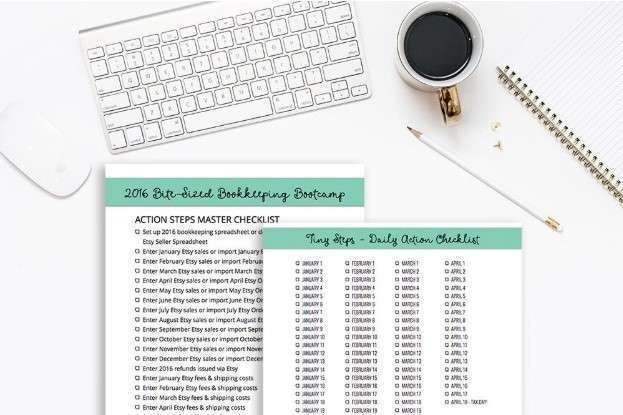How do you record a payment for insurance?
Posté par Colette en date du Oct 5, 2023 dans Bookkeeping | 0 commentaires

The accounting treatment for prepaid insurance is a debit to the prepaid insurance asset account, which increases its balance. Some insurance bills relate to the prior accounting period but are paid in the current period. This approach expenses the insurance immediately in the month of payment. The insurance expense account is debited to show an increase in monthly expenses. This type of insurance, which covers policyholders against liabilities that are reported in the period of coverage, require special treatment and designation when allocating funds to pay the premium.
Recording Monthly Insurance Expenses
Taking the time to record insurance correctly provides major financial clarity and control. Understanding whether insurance is a debit or credit transaction is the key first step. Cash, another asset account, is decreased by the premium payment amount with a credit. If you use an expense account, the P&L will show a huge loss in one month (from the damage) and then a huge profit in the month that the insurance check is received. An insurance expense occurs after a small business signs up with an insurance provider to receive protection cover.
What is insurance accounting?
- This payment is made before the actual coverage period starts, setting up a future benefit.
- Recording prepaid insurance involves debiting the prepaid insurance account and crediting the bank or cash account, as seen in Example 3.
- This process aligns with the matching principle, which dictates that expenses should be matched with the revenues they help generate in the same accounting period.
- This is because the payment is made in advance of the coverage period.
- To visualize these effects, accountants often use a T-account, which is a graphic representation of an account with a left side for debits and a right side for credits.
- Debits and credits are the foundation of this, yet the terms are often misunderstood and their importance can be overlooked.
An expense account reflects the cost incurred to generate revenue during an accounting period. A company’s property insurance, liability insurance, business interruption insurance, etc. often covers a one-year period with the cost (insurance premiums) paid in advance. The one-year period for the insurance rarely coincides with the company’s accounting year. Therefore, the insurance payments will likely involve more than one annual financial statement and many interim financial statements. Debits increase liabilities, expenses, losses and equity accounts whereas credits decrease them.

How is insurance an asset?

Cash is debited because the asset account is increasing from the refund. It is acceptable to put money received into an expense account when it makes sense to do so, as it does in this instance. This insurance can also be known as professional indemnity insurance and is suited for businesses providing a service. It protects against financial loss resulting from errors or negligence.
Where is insurance recorded final account?
The way these transactions are recorded differs depending on their type, but all involve a debit or credit entry into the company’s books. In general, outflows of cash related to claims payouts and policy cancellations are recorded as debits while any inflows will be credited. For instance, if a policyholder pays an annual premium of $2,000 this would be noted as a $2,000 credit on the financial statement because money has been received by the insurer. When insurance coverage is for a short period, typically one month or less, or when the benefit is fully consumed immediately upon payment, the premium is recognized as an expense. This approach is common for certain types of liability insurance or when a policy is paid on a strict is insurance expense debit or credit monthly basis.
- If the business owner pays for their insurance with their own money, then nothing gets entered to the business bookkeeping records.
- This type of insurance, which covers policyholders against liabilities that are reported in the period of coverage, require special treatment and designation when allocating funds to pay the premium.
- Understanding how financial transactions are recorded is fundamental to accurate financial reporting.
- Insurance is not for the investor in you but the individual and family man in you.
- Discover which credit cards have Resy credit and unlock exclusive dining perks, rewards, and discounts with our expert guide.
- Recording insurance properly results in more accurate financial statements.
Is insurance debit or credit in trial balance?
The prepaid insurance account is a current asset that increases when a prepaid insurance premium is paid. In Example 7, a journal entry records the payment of a one-year insurance premium by debiting Prepaid Insurance and crediting Cash. In terms of accounting for these transactions, there is no single answer as it depends on how exactly the company plans to record them within their books.
Insurance is contra asset account not for the investor in you but the individual and family man in you. Insurance protects your dependents and your assets (non-financial) from uncertainty. In the meantime, your journals look logical and should make the events clear for anyone to follow. Once again I have entered an example into the free bookkeeping software called Manager. In your bookkeeping software you will enter the full cost shown on the bill at the date of the bill.
For example, if you pay ₹24,000 for 1-year of https://grupa-inkaso.pl/cost-benefit-analysis-weighing-the-pros-and-cons-2/ insurance, you’d record it as Prepaid Insurance (asset) ₹24,000 on January 1st. As we discussed earlier, prepaid insurance is not a liability because it’s not a debt owed to anyone. Cloud accounting systems like QuickBooks Online and Xero seamlessly record insurance expenses across periods. Bills payable are entered to the accounts payable category of a business’s general ledger as a credit.
Insurance Expenses on the Income Statement

Insurance accounting involves more than just the recording of premium payments and claim reimbursements. It is also necessary for insurance companies to record changes in unearned premiums when policies lapse or premiums are returned due to cancellation. As each month passes and a portion of the insurance coverage is utilized, an adjusting entry is required to recognize the consumed portion as an expense. This process aligns with the matching principle, which dictates that expenses should be matched with the revenues they help generate in the same accounting period. Assets represent future economic benefits, and according to the rules of debits and credits, assets increase with a debit.
Debit or Credit: Explaining Prepaid Insurance Accounting

With this foundation, let’s look at some insurance accounting examples. Thus it is written on the asset side of balance sheet until it is utilised. Insurance becomes an asset when you experience a risk covered in your insurance plan, which activates your coverage, allowing you to make a claim and receive a successful payout. I am sure if the Accountant wants to change anything, adjusting journals can be done. I recommend checking with your client’s tax accountant because of the complexities around high value assets and costly damages. The example is a bill of $1,000 for General Liability insurance and then two payments of $84.
